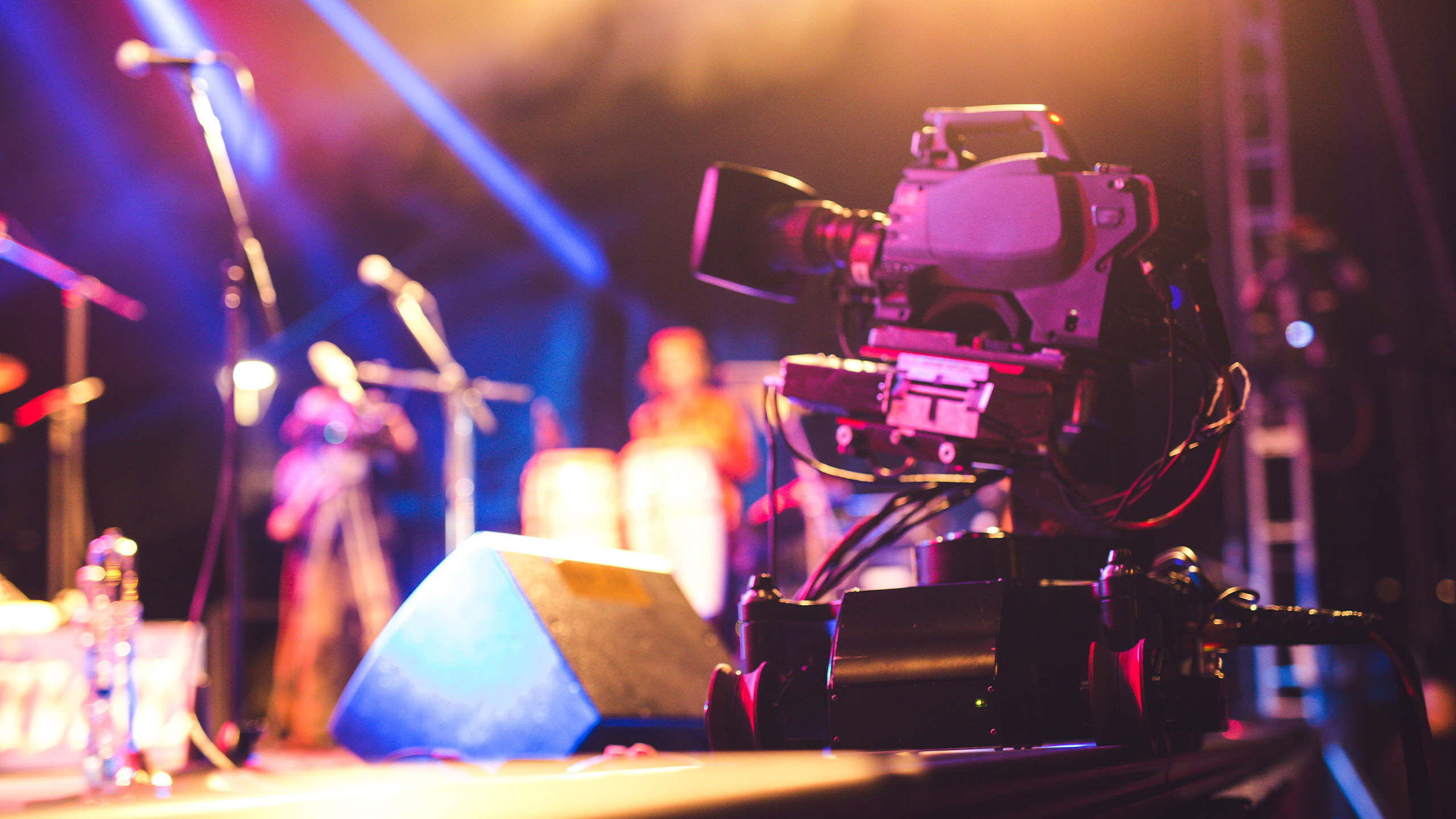In the era of streaming services and on-demand content, we have become accustomed to binge-watching programs without even so much as a commercial break. Want to crush all nine seasons of Seinfeld? No problem. Want to catch the latest superhero blockbuster? It's at the click of a button.
But on those nights where you find yourself endlessly scrolling, looking for something to watch without too much decision-making, we remember the magic of live television. The excitement of the FIFA World Cup, getting some laughs with the latest Saturday Night Live, or rocking out to a livestream concert.
These events bring us together on a scale and scope no in-person event ever could, and they've been a lifeline for people feeling isolated during the heights of COVID-19 lockdown measures. Now that the world is opening up, will people continue to embrace the live events that helped connect us during the pandemic?
We certainly believe so as a pair of recent surveys found that 56% of global viewers say they would continue to livestream major events in the future, and a whopping 74% of live music fans say they would livestream concerts even after in-person venues return to full capacity.

Now that we know this is an enduring trend, creating more opportunities to host live television events will be important going forward. Installing it on your aircraft for your customers to enjoy is easier than you think—particularly once you understand the distinctly human touch that our cross-functional teams at Panasonic Avionics bring to every step of the process. This is a step-by-step explanation of how live television makes it onto an aircraft.
Securing the feeds: The first step is securing the feeds from the various content providers. This generally happens in one of two ways: over satellite or as an internet protocol (IP) feed. We then distribute the content to all the teleports through our Panasonic ground network and uplink that to the satellite to ensure that we have global coverage.
Based on the customer's selection of channels, we update our ground configuration to enable these channels for the customer.
Hands-on collaboration: Extensive testing is then done on a rack in our lab, during which time airline customers come in to check it out for themselves. This is generally the most hands-on step in the process and collaboration with our customers at this point is always key.
“The lab testing is our customers' first real chance to see how the product works up close and personal, so, getting things right at this step is hugely important," notes Dominic Green, Senior Director, Product Management.
“Working together, we go out of our way to ensure that our customers leave the lab confident that they have made the right choice."
Getting onboard: The next step in the process is aircraft installation, where the actual TV software is installed in the airplane cabin. Although installation on the aircraft is not especially difficult or time-consuming, our team prides themselves on being meticulous here as well.
To present the live television option onboard the aircraft, our Field Engineering teams update the seatback screen interface. Some of our customers prefer to use their own interfaces, while others use the one designed by us.
“This is the first time our customers are able to see the in-cabin product that their passengers will see when they actually fly," explains Green. “So, it's a big deal for them and our installation team as well."
Going live: With installation complete, our live television product is officially cleared for take off. “We pride ourselves on bringing a personal, human touch to all of our products, but our live television offering is where our dedication and collaboration with our customers really stands out," says Green.
This collaboration and attention to detail defined our partnership with Emirates, when we worked together in 2019 to bring Sir David Attenborough's award-winning BBC documentary series Seven Worlds One Planet to viewers in the sky. We simulcasted the first episode of the series at the same date and time as its live broadcast in the U.K.
“We pride ourselves on bringing a personal, human touch to all of our products, but our live television offering is where our dedication and collaboration with our customers really stands out"
Dominic Green
Senior Director, Product Management
Creating Unique Experiences
Airline customers want a wide range of entertainment options onboard their flights, and live television is no exception. You can surpass passengers' expectations by creating new opportunities with live programming and have them experience IFE like never before.
“Whether it's offering your passengers the chance to catch the big game in real time or watch a live simulcast of the BBC's Seven Worlds One Planet, live television is an excellent way to add value to your IFE offering and differentiate yourself from the pack," says Green. “Both of which could prove invaluable as travel ramps back up to speed everywhere in the next few months."
To learn more about our live television offering and how it can change the way your passengers experience IFE, click here.



